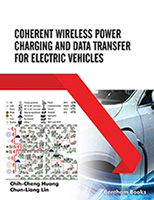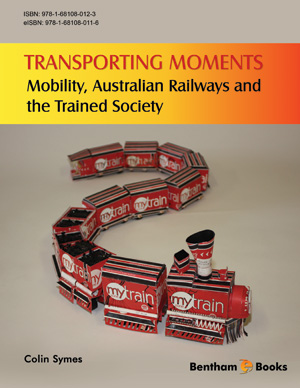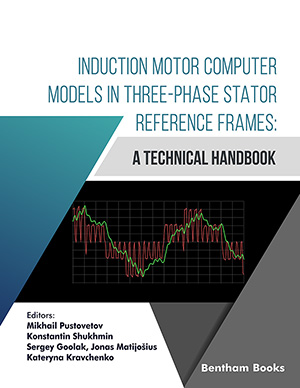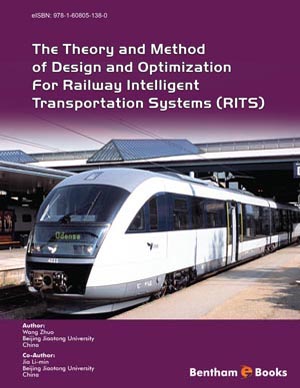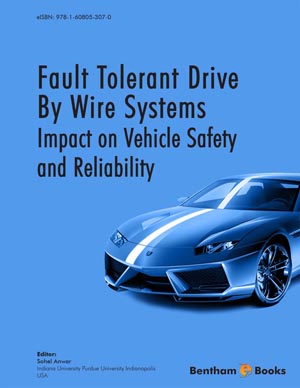Abstract
Wireless power transfer for vehicle charging is inducted between two power
pads. A power pad is combined with a tuned network (compensation network) to
construct a resonant circuit for efficiently transmitting and receiving large quantities of
energy. State-of-the-art wireless power transfer through inductive and magnetic
resonances has numerous potential applications. A simple tuned network with a series
or parallel inductor–capacitor (LC) circuit generates appropriate quality factors (Q
factors) for various applications, such as induction cookers. Because of misalignment
and a varying air gap between two power pads, specially tuned networks, such as
inductor–capacitor–inductor and inductor–capacitor–capacitor networks, have been
developed for various applications, such as electric vehicle charging. A tuned network
with a high Q factor can achieve long-distance wireless energy transmission. A
prototype system with magnetic resonance has been developed. This network can
wirelessly transmit power of 60 W with an efficiency of approximately 40% over a
distance of more than 2 m. A tuned network is constructed from an AC network, which
contains inductors and capacitors. Different types of LC networks produce different
effects. A series resistor–inductor–capacitor (RLC) resonant circuit can amplify
voltage, whereas a parallel RLC resonant circuit can amplify current. This chapter
describes the resonance principle, Q factor design, bandwidth, and selectivity of series
and parallel RLC circuits.
Keywords: Inductive resonance, Inductor–capacitor–capacitor (LCC) network, Inductor–capacitor–inductor (LCL) network, Magnetic resonance, Quality factor (Q factor), Resonant circuit, Tuned network.


